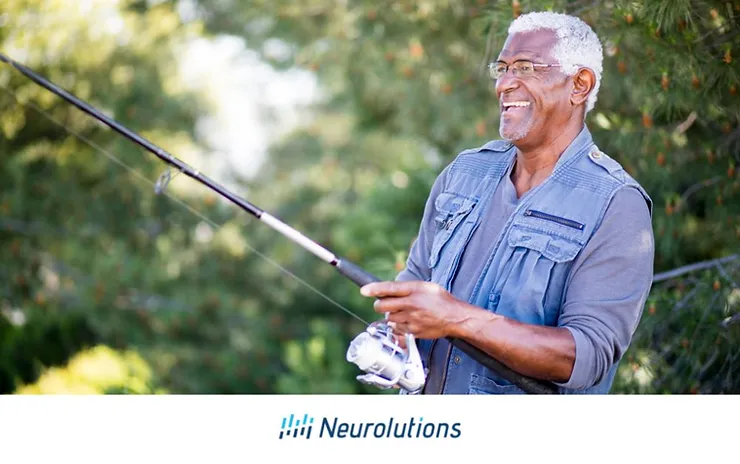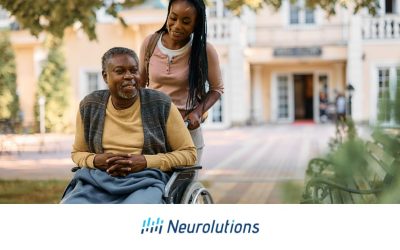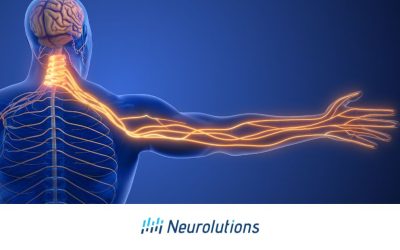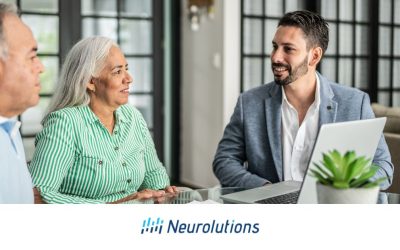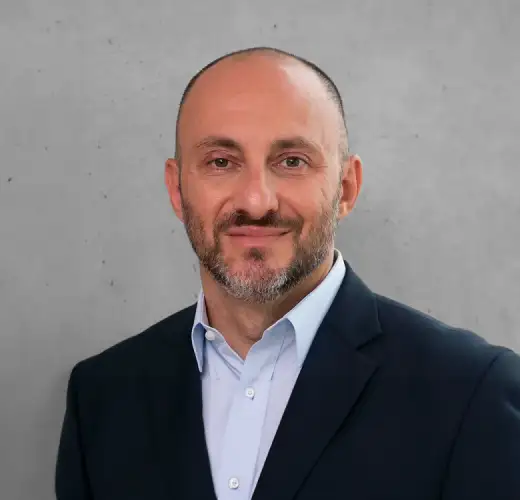A stroke is a life-changing event. When you have a stroke, the blood supply to your brain is cut off or reduced for some time. This deprives the brain of oxygen and nutrients, which causes damage to the brain cells, and in turn, it can impact your ability to move, speak, and think clearly.
It’s not easy recovering from a stroke, but it is possible with hard work and patience. You may need help from family members or friends to recover as much function as possible.
Losing the ability to walk normally can be very upsetting, and it can be equally troublesome trying to use your arm that has been affected by the stroke. Here are 7 tips for getting your arm back after a stroke that are backed by both research and experts in the field of upper extremity rehabilitation:
1. Don’t Give Up!
Rehabilitation following a stroke can be frustrating, hard, and lengthy, but it is so incredibly rewarding and important to continue to address your needs and goals in rehabilitation. Set goals and work towards them with your care team or support system.
Also, know that it is expected and OK to have good days and bad days and that you are allowed to take breaks when you need them. Therefore, if you find yourself frustrated or about to give up on your progress, remind yourself this is a normal feeling, give yourself a break and then come back to your exercises and goals when you feel able.
2. Use Your Arm as Much as You Can.
Data compiled over the last 20 years of neurorehabilitation suggests that the brain recognizes familiar tasks very well. Familiar tasks refer to any activity that you as the stroke survivor were doing before the stroke. This means it is important to keep trying to be independent in daily tasks and integrate the use of your affected extremities when you can if it is safe to attempt.
3. Repetition, Repetition, Repetition.
An overwhelming amount of literature suggests the need to use the affected extremity as much as possible. It doesn’t matter the quality of the movement, just the quantity. This may feel like a paradigm shift, as most people have always heard “quality, not quantity.”However, we know now that high repetition of the affected upper extremity is key and required for improvement. We don’t care how sloppy or silly the movement may feel or look to you. The most important thing is to move the affected limb as much as possible. It is a little like the adage, “If you don’t use it, you lose it”.
4. Stretching and Range of Motion are your Friends!
Many stroke survivors are initially provided a home exercise program focused on stretching and increasing active range of motion without a heavy emphasis on strengthening. . It is important to have a comfortable, full range of motion before beginning strengthening exercises using weights to prevent injury. Often tightness in the joints or muscles develops from lack of use. Therefore, gentle, pain-free stretching is also needed to lengthen the tissue and improve joint mobility. The shoulder joint is an especially complex system due to the degrees of freedom it can move and the number of ligaments, tendons, and muscle attachments. Therefore, it is important to find a therapist that understands both neurological and orthopedic conditions to help target safe and effective exercises so you do not do more damage despite your best efforts to recover arm function.
5. Find Something That Is Motivating to You to Help Keep You on Track.
This can be anything from setting a long-term lifestyle and wellness goal you would like to accomplish, such as getting back to driving or golf. Your goals may include small daily victories, such as making a cup of coffee or brushing your teeth with your affected hand. Whatever is meaningful to you in your daily life, incorporate it into your therapy and your daily life as you make your comeback after a stroke. Some people find that handing up signs as reminders for motivation is helpful. Keeping track of your exercises and writing down your progress is good for accountability as well to keep your goals in sight. It has been shown that goals are written down and placed in a visible location where they can be viewed multiple times a day correlates with greater success.
6. Have a Friend or Family Member Be Part of Your Rehabilitation Experience.
It can be extremely helpful to have a second pair of eyes and ears with you during your stroke journey. As a patient or survivor, information can be very overwhelming and confusing at times. Invite your loved ones to both medical and therapy appointments for caregiver training. You as the survivor are focused on getting better and may miss details about medication or home exercise program components that a friend or family may be able to recall as they are not experiencing it in the same way as you.
7. Be Your Own Advocate and Try New Things.
Every day new exciting things are being developed in the world of neuro-rehabilitation for the upper extremity. It is an exciting time when technology like virtual reality, robotic-assisted therapy, brain-computer interface systems, and brain stimulation (invasive and non-invasive) are readily increasingly available to try. Speak with your therapist or doctor if there is something you would like to try to get the ball rolling.
What Else Should I Do?
As these are suggestions, know that this is not an all-inclusive list. These suggestions have worked well for other stroke survivors in the past, but it may take time for what works for you and your family. You should always speak to your doctors and physical or occupational therapists to make sure you are following the best course of action for

